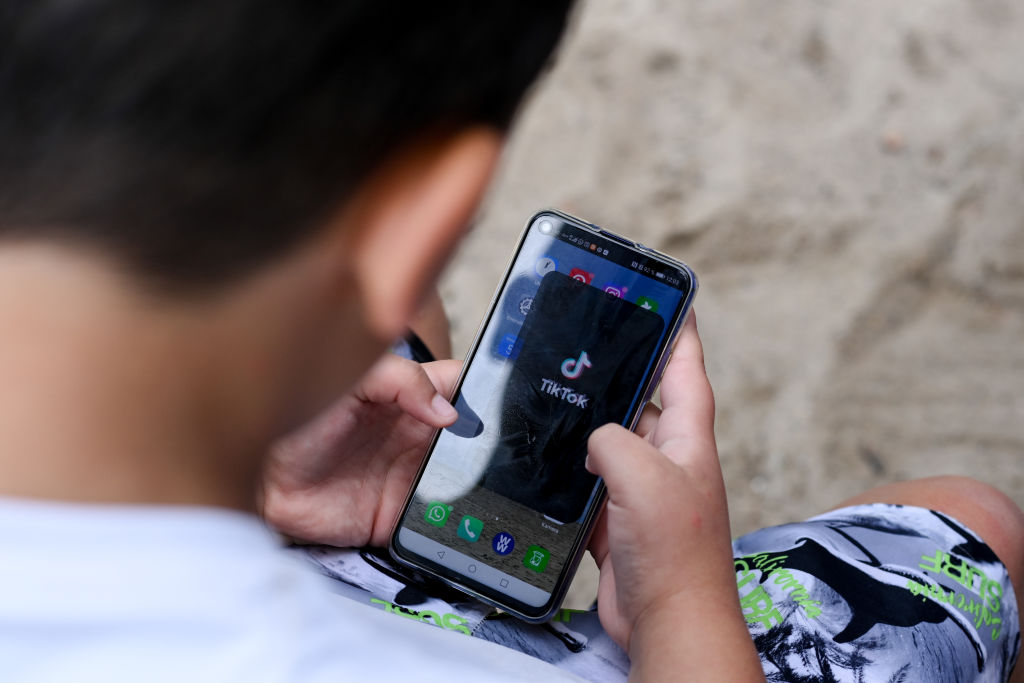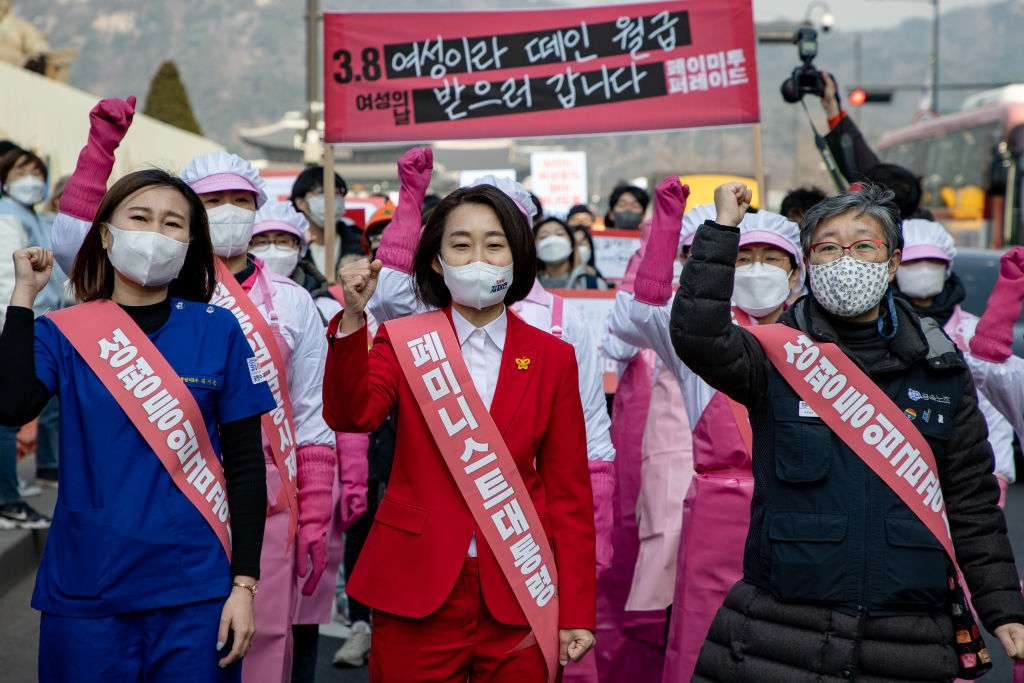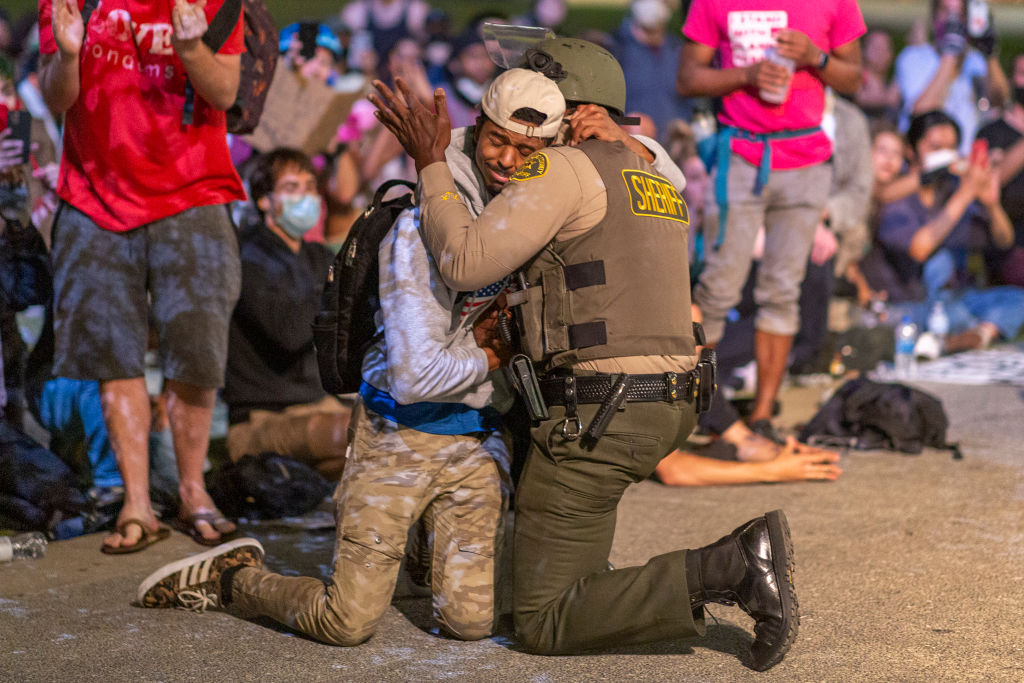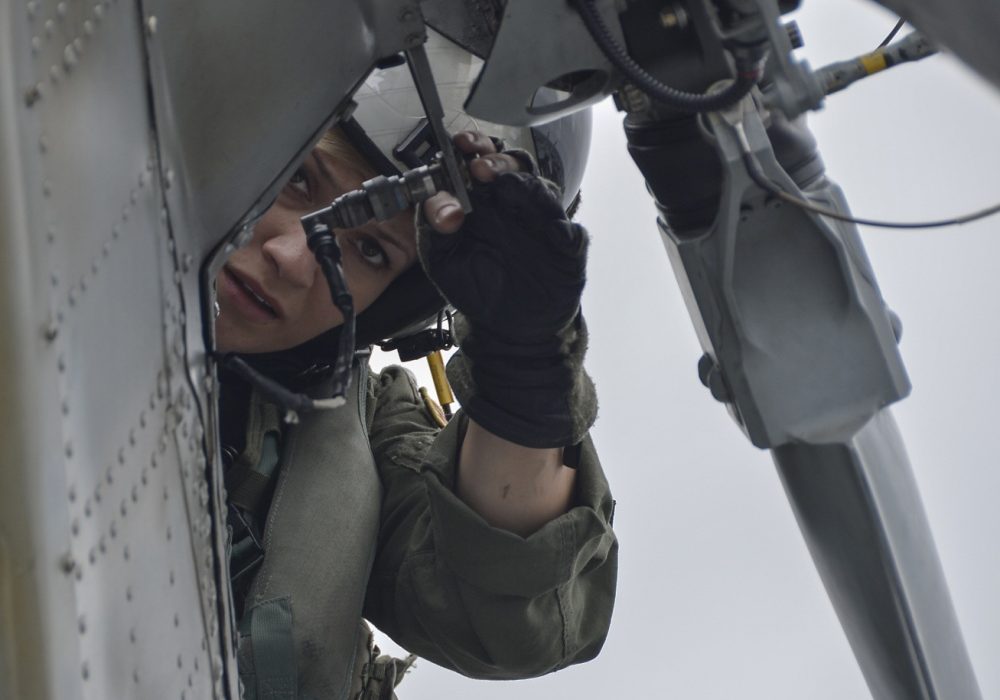International Women’s Day 2025: progress and possibilities

International Women’s Day (IWD) serves as both a celebration of progress and a reminder of the ongoing challenges women face worldwide. Across national security, diplomacy, human rights and digital spaces, women continue to break barriers. Yet, systemic hurdles persist. From ensuring meaningful representation in leadership roles to addressing targeted threats against women in politics and online spaces, the fight for gender equality is far from over. In this piece, ASPI staff examine the role of women, their impact and the importance of intersectionality in shaping inclusive policies and practices. This work is a part of sustained action to ensure gender equality remains a cornerstone of a secure, just and prosperous world.
Women in national security—Raelene Lockhorst, deputy director of National Security Programs
Women are force multipliers in Australia’s national security, serving across the Australian Defence Force, Australian Federal Police, Australian Border Force, and Australian Public Service.
In the ADF, women excel in operational and technical domains and enhance capability and adaptability by leading combat missions, directing intelligence efforts and pioneering defence technologies. In the police and border forces, they strategically counter transnational crime and secure borders, disrupting threats and protecting our national interests. Within the public service, women shape strategic policy to reinforce our national security architecture.
As global challenges such as geopolitical tensions and emerging threats intensify, women in national security remain indispensable. Women often bring heightened emotional intelligence and resilience, forged through navigating systemic barriers, which enhances team cohesion and long-term planning. Their ability to ‘expand the strategic toolkit’ makes national security more robust through inclusion, not sameness.
On IWD 2025, we celebrate their leadership and achievements, their progress paving the way for a more secure, progressive future, reinforcing that inclusivity is a cornerstone of national strength.
Women in international security—Raji Pillai Rajagopalan, resident senior fellow
This IWD takes place in a world defined by tension and deepening conflicts. This will no doubt affect women too; in fact, we know that conflicts negatively affect women’s rights and well-being. Across conflicts in Ukraine, Gaza, Congo and elsewhere, women are the most affected, with sexual violence being the singular marker in all such conflicts. Moreover, as great power conflict intensifies, human rights in general and women rights in particular may take secondary place or worse to what are seen as other, ‘more important’ priorities.
But this IWD is also an opportunity to celebrate progress. There are now more women than ever before working on security issues. Young women are much more open to pursuing a career in this field as policymakers, administrators, scholars, journalists and other professionals. We have raised awareness of gender issues, including adequate representation at all levels. It is heartening to see more young women willing to enter areas of hard security and bring their unique perspectives. The numbers look more promising today than they were three decades ago when I entered the security field, but they are not reflected adequately in leadership, managerial and mentorship roles. While we celebrate wins, breaking gender barriers remains a work in progress.
Mainstreaming intersectionality—Afeeya Akhand, researcher
This year’s IWD theme is ‘For ALL women and rights: Rights. Equality and Empowerment’. The word ‘all’ has been deliberately capitalised by the United Nations, highlighting the importance of not treated women as a homogenous whole. When putting together panels, events and media coverage about IWD, we need an intersectional lens to reflect the diversity of experiences and traits of all women, including with respect to differences in race, religion, age, sexual orientation and more.
An intersectional lens of IWD celebrations in Australia is particularly important as it helps represent our cultural, linguistic and racial diversity. We are one the most multicultural countries in the world, being home to the world’s oldest continuous culture and non-Indigenous Australians identifying with more than 300 different ancestries. However, as highlighted in a 2024 survey of 1017 Australians who identify as women or non-binary (womxn), CALD and immigrant womxn reported growing exclusion from IWD celebrations. Asked whether they felt meaningfully represented in IWD events, media and professional panels, these two groups reported, respectively, an 11 and 7 percent decline in representation compared to the 2023 survey.
We all have a role to play in elevating and supporting women, especially women from traditionally marginalised backgrounds. IWD is about elevating equality and human rights, so we must continue to translate diversity into reality.
Women and online safety—Fitriani, senior analyst
Women’s online safety is a serious issue as digital threats disproportionately target women, restricting their public participation. A 2021 UNESCO report found that 73 percent of women journalists have faced online violence, while a 2020 Economist Intelligence Unit study revealed that 85 percent of women globally have experienced or witnessed online harassment. The rise of AI-driven technology has worsened this issue, with cases of non-consensual deepfake pornography increasing by around 500 percent between 2019 and 2023.
Women in politics are especially vulnerable. According to a 2022 Centre for International Governance Innovation study, 50 percent of female politicians in Southeast Asia and 90 percent in India, Nepal, and Pakistan faced abuse, including online. The impact is severe: 76 percent of women change how they engage on social media due to online abuse, and 32 percent stop posting on certain issues.
Despite these alarming trends, as of 2023 only 22 countries had legal protections against online gender-based violence. Governments, tech companies and civil society must take urgent action, including stronger regulations, better platform accountability and digital literacy programs. Platforms must improve content moderation and privacy tools, while law enforcement must hold perpetrators accountable. This IWD we strive for the creation of safe and inclusive digital space for all so everyone can positively benefit from it.
Reproductive rights in the United States—Bethany Allen, head of China Investigations and Analysis
Women’s reproductive healthcare is facing systematic challenges in the US. After Roe v. Wade was overturned in 2022, 19 US states have banned or placed tight restrictions on abortions, in some cases with severe legal penalties for hospitals and doctors found in violation of the law. In states with total abortion bans and only vague carve-outs for the woman’s life and health, media outlets have documented the deaths of several pregnant women after hospitals feared acting too soon to mitigate life-threatening medical emergencies such as sepsis would expose them to legal liability. In these states, obstetricians are packing up and moving to states without abortion restrictions, exacerbating the healthcare deserts for American women in small towns and rural areas. In states with total abortion bans there are also cases of women who have experienced miscarriages facing scrutiny to ensure their miscarriage wasn’t an induced abortion.
These challenges are only set to deepen over the next four years as anti-abortion extremists within the Republican Party are empowered to implement their agenda. Items on this agenda include: revoking FDA approval for medical abortion pills (currently used in around two thirds of abortions in the US), which would make it unavailable nationally; making it a crime to put medical abortion pills in the mail; passing laws that criminalise assisting women crossing state lines for abortion care; and requiring providers to report abortion data to the federal government, creating an abortion surveillance state. A lawmaker in one state has even proposed legislation that would create a registry of pregnant women who are ‘at risk’ of getting an abortion.
Foreign aid for women’s and LGBTQI+ rights—Daria Impiombato, analyst
The US turn on women and LGBTQI+ rights is also seen in the freeze of USAID, which before the pause accounted for 40 percent of global aid. Reproductive health programs overseas that have been saving lives for decades are now halted. While in 2022 the US was the second largest government funder of LGBTQI+ aid projects, after the Netherlands, its support has ground to a halt under the Trump administration.
Organisations dealing with women and LGBTQI+ issues are particularly vulnerable: often their local governments are the biggest perpetrators of the abuses against them and in many cases, being queer or having an abortion is considered illegal, so there is simply nobody else to turn to.
While some have suggested that China may step in and expand its influence through more aid programs, the country’s approach to women’s and LGBTQI+ rights is problematic. From the legacy of the One Child Policy, which caused innumerable forced sterilisations and killings of newborn girls, to the recent turn towards a pro-natalist approach to tackle a demographic timebomb, women in China are still considered as instruments of the state. Meanwhile, LGBTQI+ people are increasingly harassed, and more and more LGBTQI+ rights organisations have been forced to shut down, with people’s accounts censored or banned online.
With the two world’s superpowers hugely regressing on these issues, the picture is bleak. It is now more important than ever for middle powers such as Australia, where women and LGBTQI+ people enjoy far greater rights, to step up targeted foreign aid.
Practical barriers to female participation—Elizabeth Lawler, subeditor
Women often fight an uphill battle to exist in male-dominated fields. But the battle rarely ends when we enter those spaces. Instead, women face practical disadvantages, often having to make do with equipment and facilities that are designed for men.
We see this in the armed forces. Uniforms and armour present challenges for women that they do not present for most men. Uniforms are often ill-fitting, with limited smaller sizing options available. The same is true for armour, which is rarely designed to accommodate women’s bodies. These issues affect performance and present unacceptable safety concerns. On top of that, female uniforms often cost more than their male equivalents.
While change is a long-term process, it is important to celebrate progress. According to a UN report on women in defence, data collected from 52 countries showed that a majority had begun to adapt military uniforms and facilities to accommodate women. The Australian army has been working with industry partners to develop female-specific body armour. In 2022, the US military announced its first military-issue bra.
Women can’t safely participate in areas that are designed for a world without them. All fields, particularly those that are historically male-dominated, must strive for equity.









